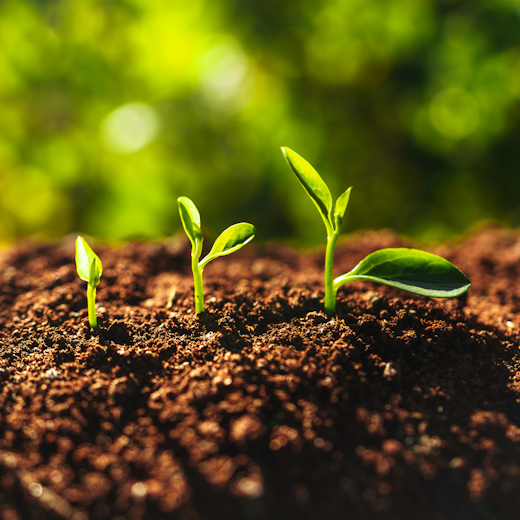
Which is the best compost bin for my wastes?
Which is the best compost bin depends on where your main waste comes from - the garden or kitchen?
Garden waste and kitchen scraps have different composting requirements, so look for compost bin design features that helps turn your wastes into great compost.
Garden compost bin
Garden waste is generally dry. This allows you to gather and store it for recycling later.
Traditional compost bins come in a range of sizes and shapes to meet the varying amounts of waste households generate. They are inexpensive with basic features, and suit slow composting garden waste. However, your wastes must be aerated manually either with a spiral mixer or by rotating a tumbler bin.
Recycling kitchen scraps with traditional compost bins must be done carefully. There are limits in the types and amounts you can add to garden waste.
Kitchen composter
Kitchen scraps are more nutritious than garden waste, and recycle into nutrient dense compost. However, they’ll rot unless mixed often in traditional compost bins.
Another challenge is the high water content of kitchen scraps. The water is released during composting, which can make your compost bin soggy and smelly.
Bioverter is designed to keep wastes well aerated without mixing. It can compost kitchen scraps as your main waste component, and solves the excess water issue by creating an extra output, compost juice.
With a kitchen composter like Bioverter, you can include fresh garden waste with your scraps. We advise using garden waste as a minority input and exclude woody bits.
Companion compost systems
Traditional compost bins and Bioverter work well as companion systems for households wanting to recycle garden and kitchen waste separately. Each type of compost bin capably handles what it is designed for.